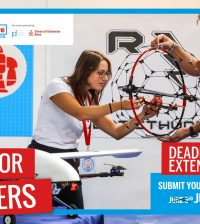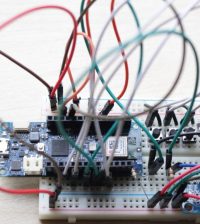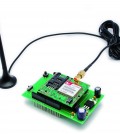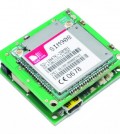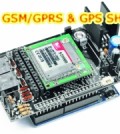- makeITcircular 2024 content launched – Part of Maker Faire Rome 2024Posted 2 weeks ago
- Application For Maker Faire Rome 2024: Deadline June 20thPosted 2 months ago
- Building a 3D Digital Clock with ArduinoPosted 7 months ago
- Creating a controller for Minecraft with realistic body movements using ArduinoPosted 7 months ago
- Snowflake with ArduinoPosted 8 months ago
- Holographic Christmas TreePosted 8 months ago
- Segstick: Build Your Own Self-Balancing Vehicle in Just 2 Days with ArduinoPosted 8 months ago
- ZSWatch: An Open-Source Smartwatch Project Based on the Zephyr Operating SystemPosted 9 months ago
- What is IoT and which devices to usePosted 9 months ago
- Maker Faire Rome Unveils Thrilling “Padel Smash Future” Pavilion for Sports EnthusiastsPosted 10 months ago
GPS Voice Assistant for Visually Impaired People
People who are completely blind or have impaired vision usually have a difficult time navigating outside the spaces that they’re accustomed to. In fact, physical movement is one of the biggest challenges for blind people, explains World Access for the Blind. Traveling or merely walking down a crowded street can be challenging. Because of this, many people with low vision will prefer to travel with a sighted friend or family member when navigating unfamiliar places.
Also, blind people must memorize the location of every obstacle or item in their home environment. Objects like beds, tables and chairs must not be moved without warning to prevent accidents. If a blind person lives with others, each member of the household has to be diligently about keeping walkways clear and all items in their designated locations.
How It Works:
The Latitude and Longitude are obtained from the embedded GNSS, thanks to Sony’s Spresense Board which has integrated GPS support. The input from the blind person is obtained using the Voice recognition module. The Audio signal is sampled and then computed.
Depending on the place mentioned by the Visually challenged person, The Geo-Coordinates of the destination is extracted from Google’s Firebase. Upon this comparison, the controller drives the voice playback unit for providing voice navigation to the user. Predefined voices are stored in the SD card as navigating commands to the blind persons. We can store the destination values for each voice of spoken command in the Firebase for recognizing the destinations. The ultrasonic sensor detects the obstacle in the way onto the destination so that the microcontroller gets it and alerts the visually impaired persons.




